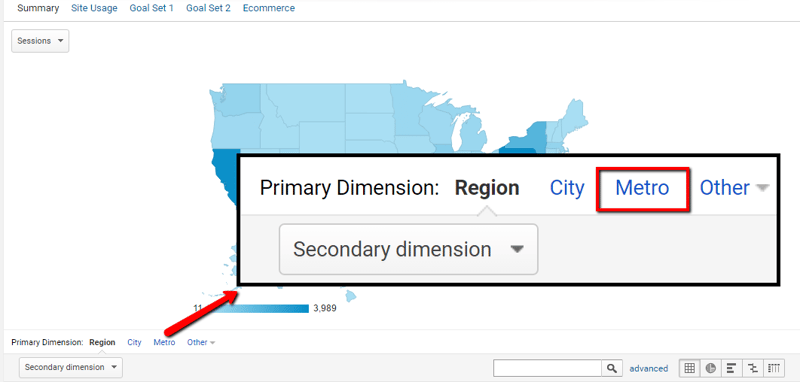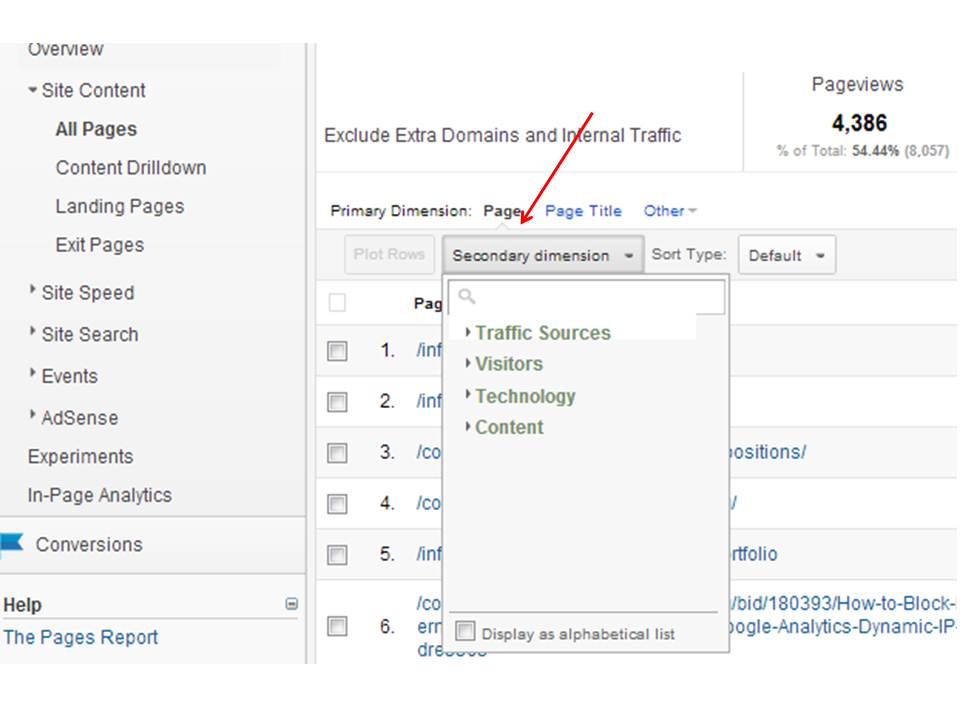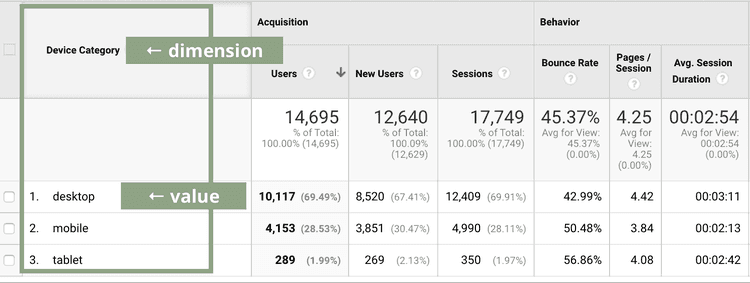Vital Knowledge: 'Secondary Dimensions' in Google Analytics Explained
Vital Knowledge: 'Secondary Dimensions' in Google Analytics Explained
Blog Article
Browsing the Depths of Additional Measurement in Google Analytics: A Comprehensive Expedition on Its Functionality
Additional dimensions, though seemingly simple at initial look, nurture a riches of untapped possible waiting to be used. As we get started on this journey to check out the nuanced functionality of second dimensions, we will certainly discover just how this attribute can light up patterns, introduce connections, and ultimately pave the method for notified decision-making in the digital landscape (what is a “secondary dimension” in google analytics?).
Recognizing Additional Measurements in Google Analytics

Understanding exactly how second measurements job is important for leveraging the complete power of Google Analytics. These measurements help you address a lot more intricate inquiries regarding individual habits and the performance of your web site web content and marketing efforts. For instance, you can make use of additional dimensions to assess which tools or browsers are most generally utilized by site visitors that purchase, or to contrast the bounce rates of different traffic sources. By integrating main metrics with second measurements, you can acquire beneficial understandings that drive notified decision-making and optimization strategies - what is a “secondary dimension” in google analytics?.
Leveraging Additional Dimensions for Information Evaluation
Building upon the foundational understanding of just how second measurements boost data evaluation in Google Analytics, the usage of these added layers of details ends up being paramount in extracting useful understandings for notified decision-making and optimization strategies. By leveraging second dimensions, analysts can delve deeper right into the efficiency metrics by adding more context to the primary dimensions, hence uncovering hidden patterns and relationships that might not appear in the beginning glance. This much deeper level of analysis allows businesses to better understand user habits, recognize fads, and pinpoint locations for renovation.
Additionally, secondary dimensions supply a more comprehensive sight of the data, permitting segmentation based on various specifications such as demographics, tools, web traffic resources, and extra. This segmentation helps with a much more granular evaluation, enabling services to tailor their campaigns and strategies to specific target market sectors for improved targeting and personalization. Essentially, the critical use of additional measurements empowers companies to make data-driven choices that drive development and success in the electronic landscape.
Advanced Strategies for Second Measurement Application
Discovering intricate methods to harness the full possibility of click this secondary dimensions in Google Analytics elevates the deepness and class of information analysis for strategic decision-making. One innovative method for carrying out additional dimensions is the use of custom-made dimensions. Additionally, incorporating secondary dimensions with sophisticated sections can offer even a lot more granular insights by using numerous layers of division to the data.
Interpreting Insights With Second Measurements

When analyzing insights via second measurements, it is crucial to think about the context of the information and just how various measurements engage with each other. Understanding which specific web traffic resources lead to higher conversion prices or recognizing which gadgets customers prefer for making acquisitions can give workable insights for maximizing advertising and marketing campaigns and boosting overall website efficiency. By thoroughly examining the information with secondary measurements in mind, companies can make informed choices that drive meaningful results and boost their digital visibility.
Enhancing Performance With Secondary Measurements

One crucial method to maximize performance with secondary measurements is by segmenting information a lot more granularly. This enables you to separate details factors that might be influencing your metrics and acquire a better understanding of what drives success or failing in your digital campaigns. For example, by combining additional dimensions such as 'tool classification' and 'touchdown page,' you can determine which gadget kinds are most efficient for specific touchdown web pages, allowing you to customize your strategies appropriately.
Additionally, using secondary measurements can assist you determine trends, patterns, and correlations that might not be evident when evaluating information with key dimensions alone. This much deeper degree of analysis can result in even more enlightened decision-making and ultimately enhance the total performance of your site or digital marketing projects.
Final Thought
Finally, second measurements in Google Analytics play an important function in boosting data evaluation and supplying much deeper understandings right into site efficiency. By utilizing sophisticated methods and translating the data efficiently, services can enhance their approaches and improve overall efficiency. Understanding the functionality of secondary measurements is essential for making educated choices and driving success in the electronic landscape.
By leveraging additional dimensions, analysts can delve much deeper into the performance metrics by adding even more context to the main dimensions, therefore uncovering hidden patterns and relationships that may not be obvious at very first glimpse. One advanced discover this info here technique for applying additional dimensions is the usage of customized measurements.Having actually grasped innovative techniques like custom-made measurements and regex for additional dimension implementation in Google Analytics, the next essential action is translating the useful insights obtained via these innovative information segmentation techniques. Interpreting understandings through additional measurements entails evaluating the connections between the second and primary dimensions selected, discovering patterns, trends, and correlations that might not be immediately evident when looking at the data in its totality.When translating understandings via additional measurements, it is vital to consider the context of the information and exactly how various measurements interact with each other.
Report this page